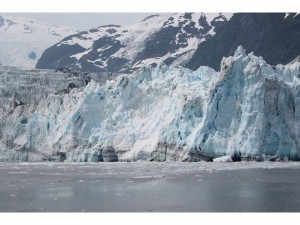Global sea level rise has long been a predicted consequence of global warming, as massive ice sheets at the poles and on mountaintops pour their melted water into the sea. (Pumping groundwater out of aquifers and onto land (which then ultimately drains into the sea) is also a culprit.) Coastal cities are already bearing the brunt of sea level rise, from aquifer incursion (making water too saline to use) to overwhelming sea walls and stormwater infrastructure.
Sea level rise is a growing threat to one of the oldest European settlements in North America. Founded by Spanish settlers in 1565, St. Augustine FL is now struggling to protect its heritage sites in the midst of profound state-level denial and delay. The likelihood of the city surviving another 450 years seem very slim. Of course, it isn’t helpful that these challenges are often overlooked in academic circles; a recent call for papers for an Urban Heritage conference has no mention of the impacts of climate change on ancient coastal cities, even though the majority of urban populations live along coastlines. Urban heritage preservation in the face of climate change impacts (floods, droughts, intense weather events, and others) will be an important area of work in the decades ahead.
